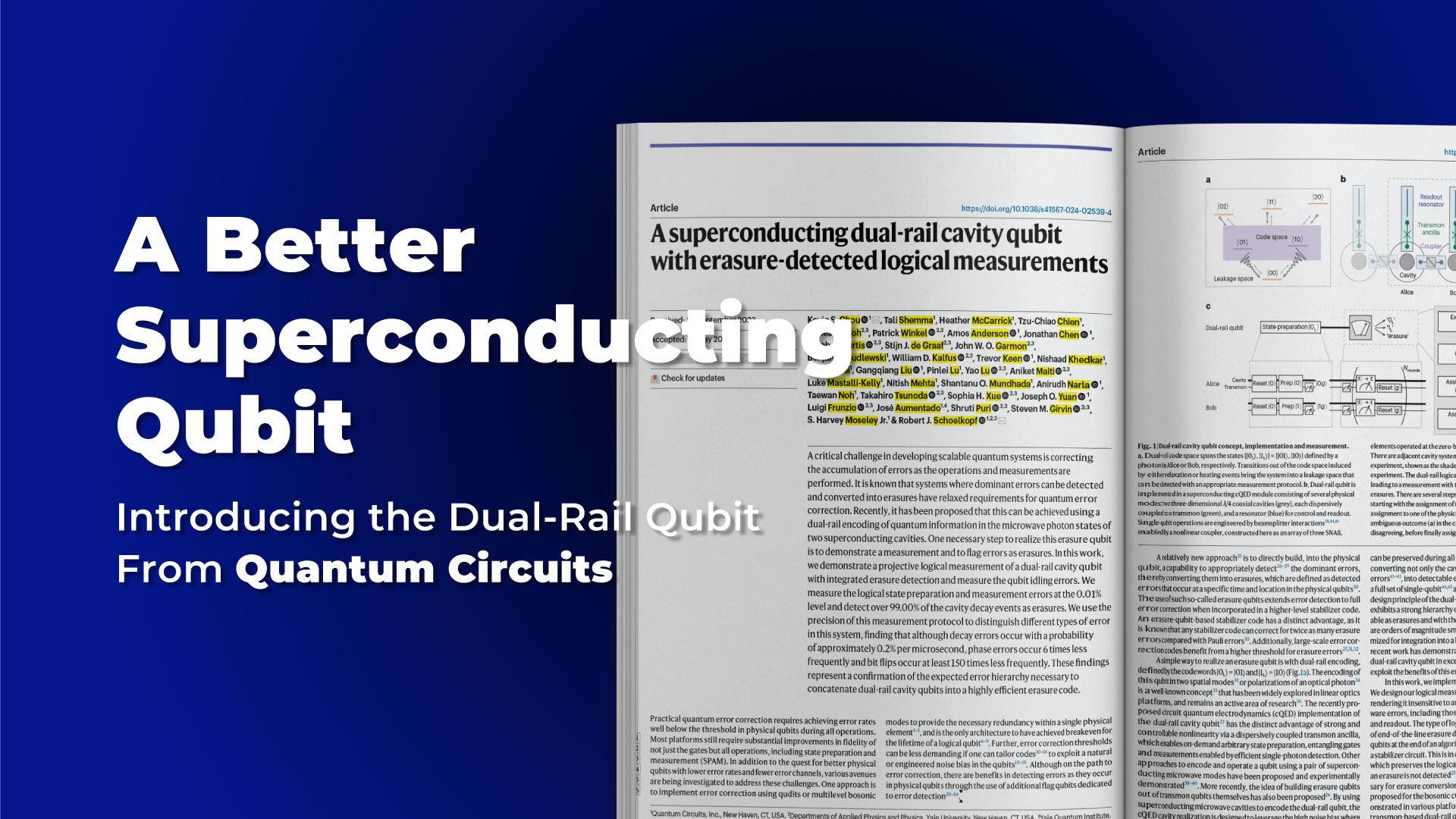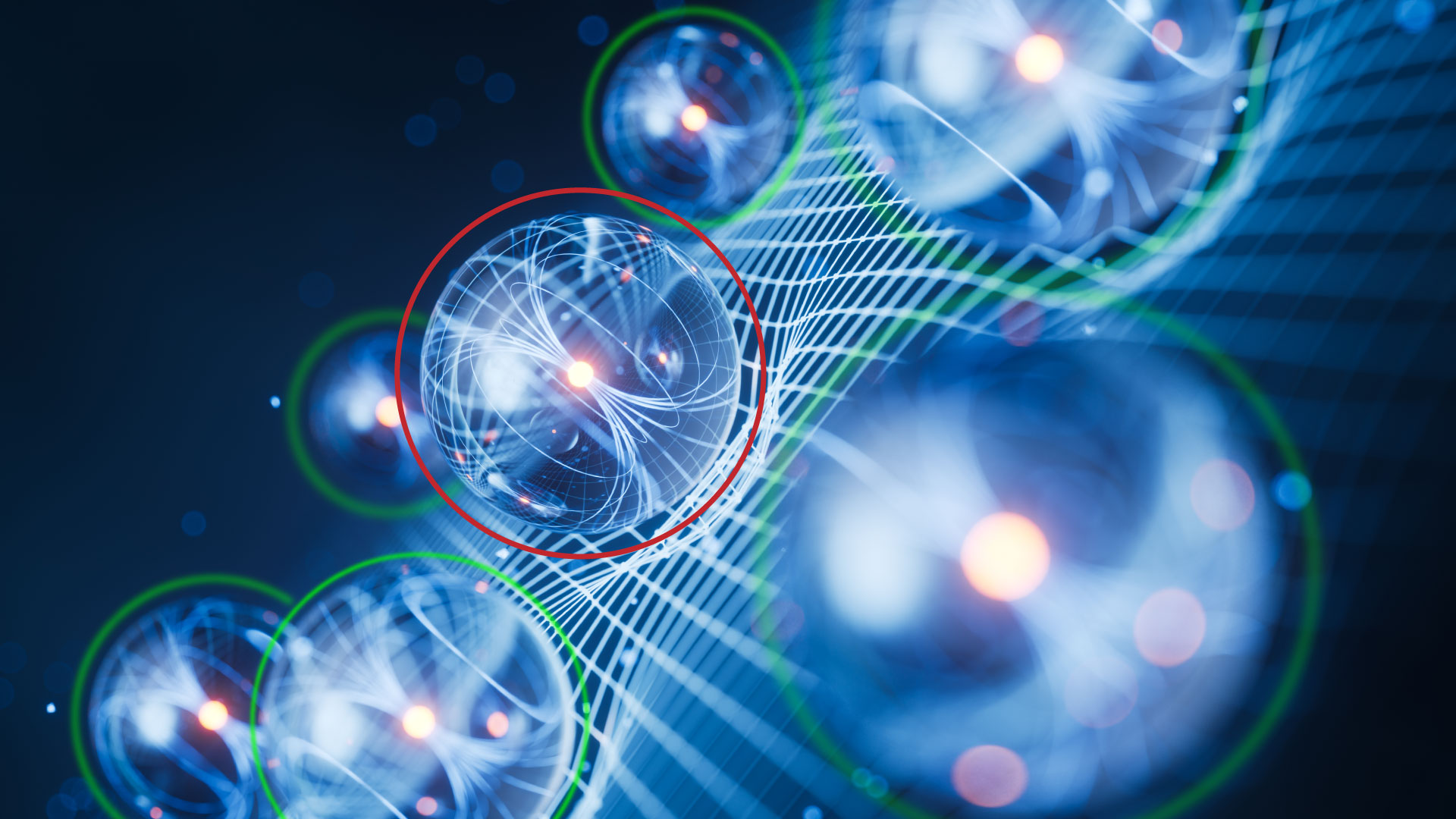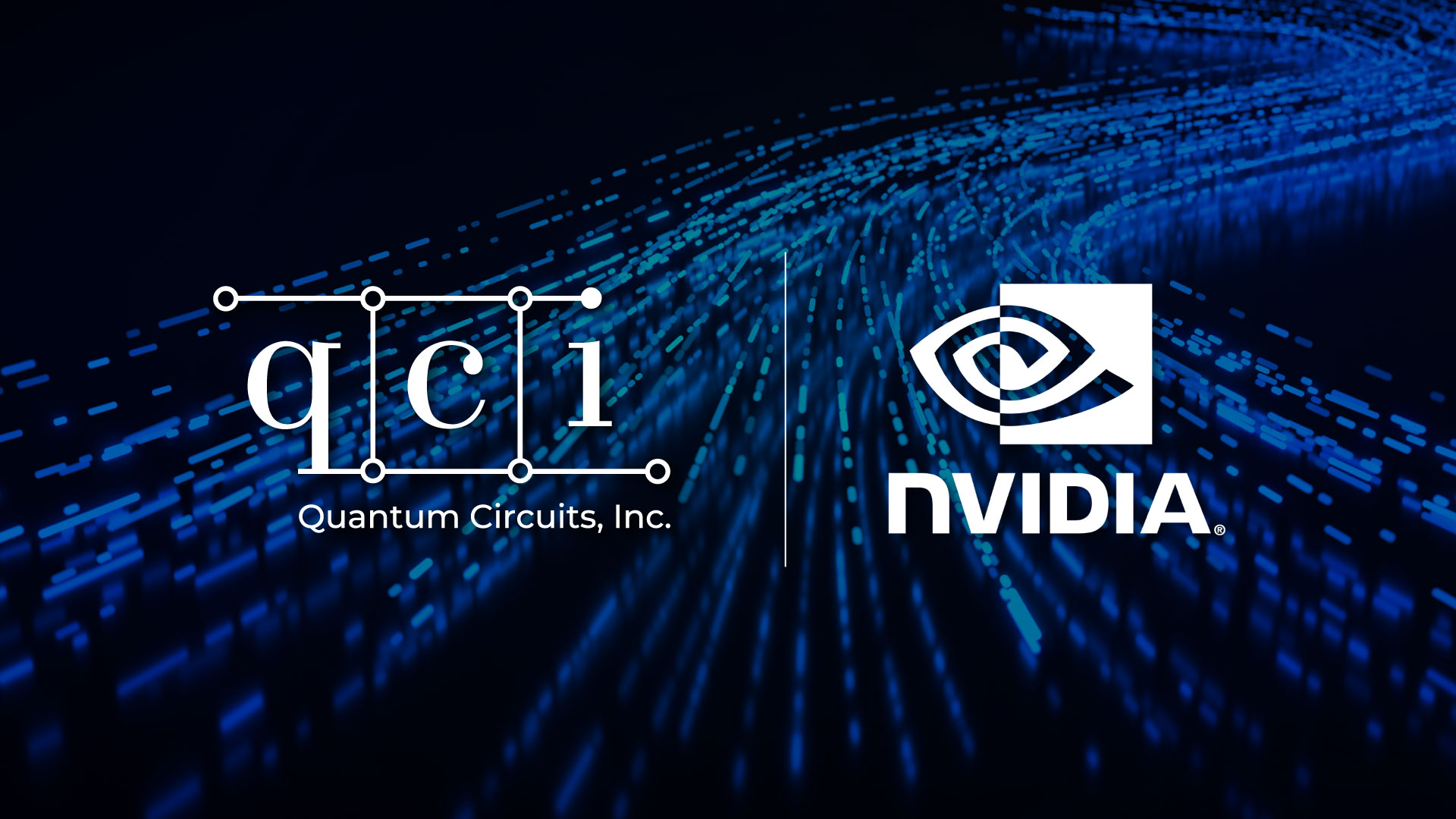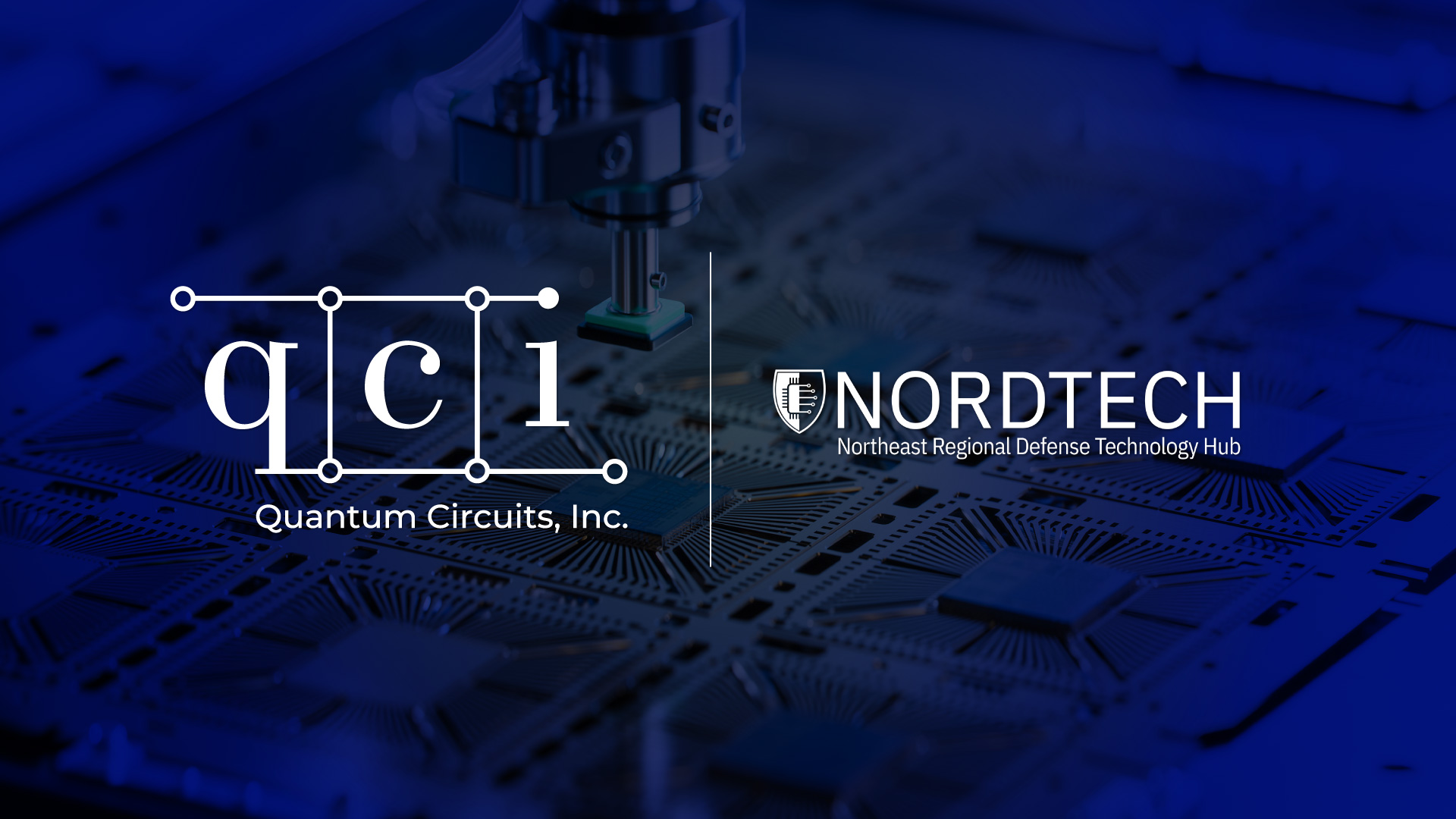We are excited to announce results of a new breakthrough published in Nature Physics that helps accelerate the path to fault-tolerant quantum computing – a better, more powerful qubit with built-in error detection. By using error detection, we deliver industry-leading performance across a range of key metrics essential for scalable quantum computing, including state preparation and measurement (SPAM) and qubit coherence. The Quantum Circuits Dual-Rail Qubit approach paves the way for a resource-efficient path to error correction and novel approaches to exploring error-detected quantum algorithms.
At Quantum Circuits, Inc., we are working on a superconducting qubit that immediately enhances physical performance in a device that will be a powerful building block for a scalable quantum error-correcting architecture. We call this the Dual-Rail Qubit (DRQ). While the dual-rail concept is not new, our implementation provides a powerful way to minimize physical sources of noise while maintaining a high level of control. Our DRQ is built from two high-performing resonators that encode a bit of quantum information as a single photon shared between them.
Quantum Circuits’ DRQ carries out all the functions of a conventional qubit but adds a key capability – it has built-in error detection. For many physical systems, errors are not detectable without full error correction and the overhead of a more complex system with many additional qubits. For our DRQ, the situation is different. We designed a method to detect the most dominant errors. The ability to detect the dominant error and produce a very low rate of secondary errors makes these devices a powerful step forward.
As reported in the Nature Physics article, we have achieved breakthrough performance with the DRQ. We can measure our DRQ with record fidelities for SPAM at the 99.99% level for superconducting qubits by employing error detection – an improvement of about two orders of magnitude over standard superconducting devices. At the same time, we can accurately detect the dominant errors at least 99% of the time. With this highly precise measurement, we can also demonstrate the impressive coherence properties of the dual rail, where the other error rates are suppressed. Remarkably, phase errors in the DRQ occur about 30 times slower than a typical superconducting qubit (occurring about once every 3 milliseconds compared to 100 microseconds for a standard transmon) and bit-flip errors about 1,000 times slower (about once every tenth of a second). These first results show that the new DRQ approach is indeed a better superconducting qubit.
What are the key takeaways?
The improvement in these metrics creates several advantages. First, it improves the performance of near-term algorithms. Second, the detection of errors in Quantum Circuits’ dual-rail approach lowers the hurdles to practical error correction. Fewer resources are needed, and the performance requirements are more forgiving. These advancements pave the way for a faster path to fault tolerance and a shorter timeline to useful quantum computations – the ultimate goal for the field.
We are excited to explore different ways that error detection can be leveraged to boost near-term algorithms with our error-aware approach to quantum programming. This includes advanced real-time control features and managing errors with a novel toolbox of software and hardware features.
This work highlights a central tenet for how we approach quantum computing. Our philosophy is two-fold: Make different and better qubits and handle their errors first, then scale efficiently to build fault-tolerant, error-corrected computers. Our recent results prove we are on our way.
